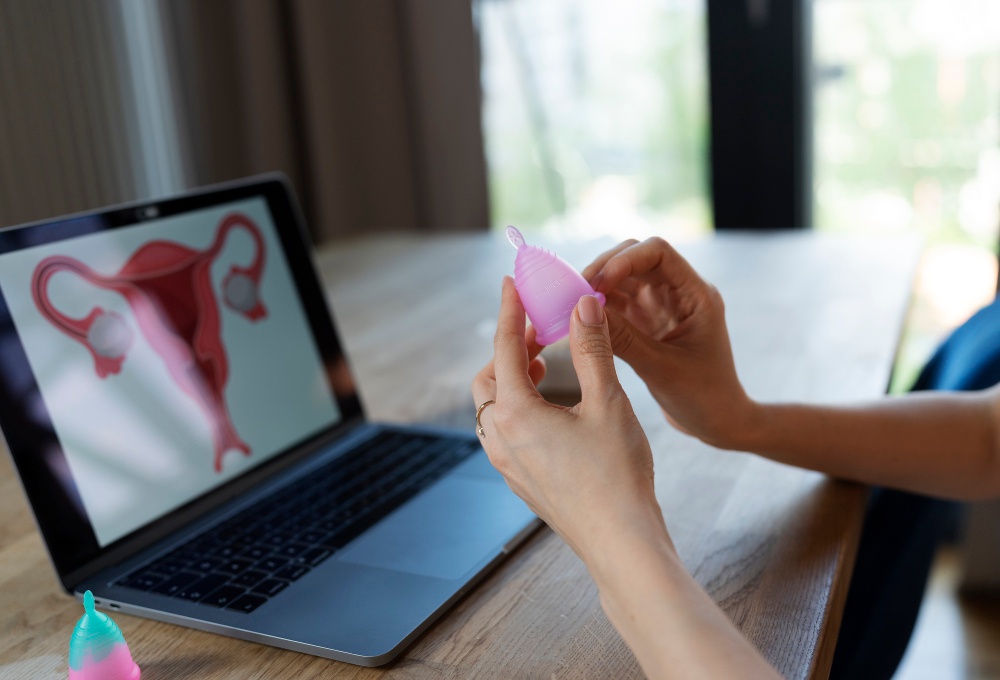Menstruation is still associated with taboos and stereotypes in India, and the shame surrounding periods isn’t fading anytime soon. The biological process has evolved into a socio-cultural phenomenon deeply intertwined with societal norms, economic disparities, and taboos. There’s no denying that people are becoming more progressive with menstrual health awareness, but the issue of period poverty persists. Especially, when we are talking about economically disadvantaged communities, many girls drop out of school when they start menstruating because they don’t know about sustainable alternatives like menstrual cups online and they don’t have access to any sort of period management ways.
Period poverty is a pressing concern, and to address it, we have to be aware of it. So, without further ado, let’s talk about period poverty and its implications.
Understadning Period Poverty
Let’s start from square one. To begin with, period poverty refers to the lack of access to menstrual hygiene products, adequate sanitation facilities, and menstrual health education due to socioeconomic constraints. In a developing nation like India, millions of women and girls in underprivileged families, marginal communities, or rural regions face these challenges, and this affects their health, dignity, and overall well-being.
The Impact of Period Poverty
- Health Implications: Limited access to menstrual hygiene products and poor sanitation facilities increase the risk of reproductive tract infections and other health complications.
- Education Disruption: Many girls miss school during menstruation due to inadequate menstrual hygiene management, perpetuating a cycle of educational disadvantage.
- Social Stigma: Cultural taboos surrounding menstruation exacerbate the shame and stigma associated with period poverty, hindering open discussions and access to support.
Challenges Faced by Economically Disadvantaged Communities:
- Financial Constraints: Low-income households struggle to afford menstrual hygiene products, which are often taxed as luxury items.
- Lack of Awareness: Limited access to menstrual health education perpetuates myths and misinformation, leading to poor menstrual hygiene practices.
- Inadequate Sanitation Infrastructure: Rural areas and urban slums often lack clean and private sanitation facilities, making it difficult for women and girls to manage menstruation hygienically.
Period poverty remains a significant barrier to menstrual health and gender equality in India, perpetuating cycles of poverty and exclusion. However, concerted efforts from policymakers, civil society organizations, and corporate stakeholders can help address the socioeconomic factors underlying this issue.
Conclusion
If you have seen women suffering due to the consequences of their periods, you won’t raise questions about why period poverty is a grave concern. Even in the 21st century, the speculations surrounding menstruation are shrouded in shame, which is why it’s vital to address the elephant in the room. The complexity of period poverty in India is prevalent on many levels, but the key is to embrace sustainability. Instead of disposable feminine hygiene products, NGOs and government authorities can join hands to distribute period cups that work efficiently in the long run, are inexpensive, and great for the environment. Yes, initially women would have to learn about inserting and removing menstrual cups, but once they get the hang of it, managing periods would be as easy as anything!


No comments yet